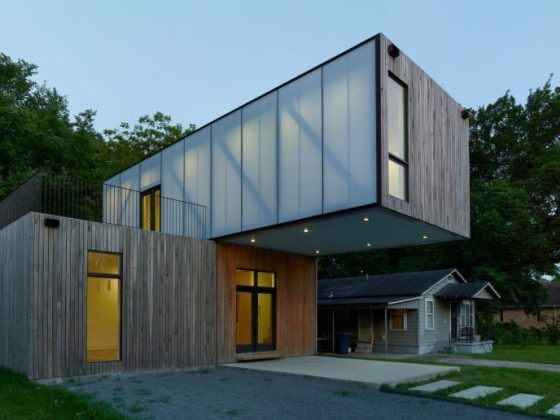Those seeking a reprieve from the chaos of everyday life would do well to spend some time relaxing in one of Luis Barragán’s tranquil, meditative spaces. This Mexican architect and engineer brought European modernist influences to his buildings and outdoor spaces in Mexico while imbuing them with color, light and spirit.
Life and Influences

Luis Ramiro Barragán Morfin, better known simply as Luis Barragán, was born on March 9th, 1902 in Guadalajara. He graduated with an engineering degree, but also completed all the coursework he’d need to be considered an architect.
After completing his studies, Barragán traveled to France, and later, New York. During his travels, he explored the works of various artists and architects, including writer and designer Ferdinand Bac, mural painter José Clemente Orozco, architect Frederick Kiesler, and Le Corbusier, one of the most influential modernist architects.
He brought many of these architects’ and artists’ ideas home with him to inspire his designs for residential projects in Guadalajara and Mexico City. But modernism was only one dimension of his works.
Related Reading: The Museo Casa Estudio Diego Rivera y Frida Kahlo
Design Infused with Spirituality

While Barragán appreciated modernism, he rejected strict functionalism in favor of more emotional architecture. This makes his evolution as an architect similar to that of another Mexican modernist architect, Juan O’Gorman.
Barragán was deeply religious, and lamented the turn architecture was taking away from the spiritual world, and toward “rational analysis.” He noted that publications about architecture from his time had done away with terms like “Beauty, Inspiration, Magic, Spellbound, Enchantment” and also “Serenity, Silence, Intimacy and Amazement.”

Along with the spiritual and emotional world, Barragán focused on another sometimes-neglected aspect of mid century architecture: landscaping. In Contemporary Architects, he wrote, “I believe that architects should design gardens to be used, as much as the houses they build, to develop a sense of beauty and the taste and inclination toward the fine arts and other spiritual values.” He continued, “Any work of architecture which does not express serenity is a mistake.”
Iconic Works

Some well-known works by Luis Barragán include the Barragán House (his own residence, built in 1947-1948), his collaboration on the Torres de Satélite sculpture (designed and built with Mathias Goeritz in 1957-1958), Cuadra San Cristóbal (1966-1968), and the Gilardi House (1975-1977), all in Mexico City.
The modernist, minimalist influences in Barragán’s works are clear, with the clean, simple line and shapes contributing to the sense of serenity they invoke. But what makes Barragán’s works so distinctive is his playful use of bright, exuberant colours, as well as the clever ways he directs light through his structures. By concealing light sources, he makes lighting soft and indirect, giving it a quality that expresses the mystical and sublime.
Barragán not only drew influence from other modernists, but also became quite influential himself. Here is an interesting story. Architect Louis Kahn planned to install a garden in the Salk Institute where the famous open plaza now exists. It was Barragán who recommended he abandon the garden in favor of the plaza. The water feature in this plaza is the most photographed part of the facility, directing the eye toward the ocean and reflecting both the geography and purpose of the institute.
If you are ever in Mexico City, be sure to pay a visit to Casa Barragán, now a UNESCO World Heritage Site. It is also a museum where you can experience Barragán’s work for yourself while learning even more about this spiritual architect and his serene spaces.
If you enjoyed this post, you may also like The National Museum of Anthropology: A Monument to Pre-Columbian Culture and The Museo Casa Estudio Diego Rivera y Frida Kahlo.
And of course, don’t forget to follow us on Instagram, Facebook, Pinterest and YouTube for more Atomic Ranch articles, house tours, and ideas!











